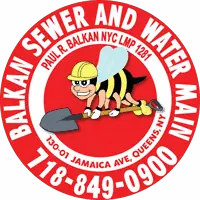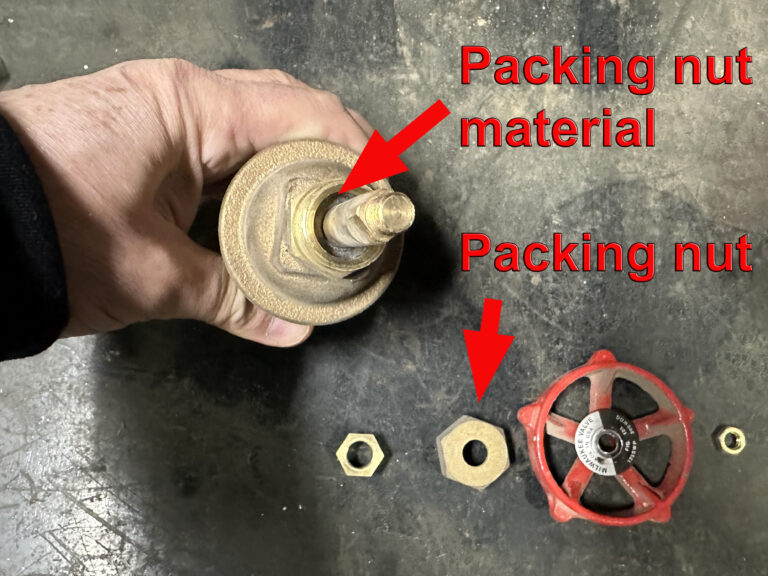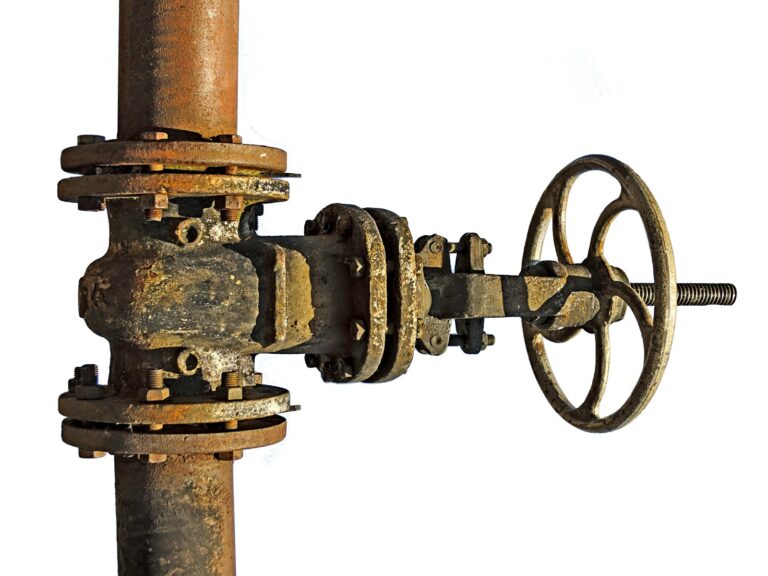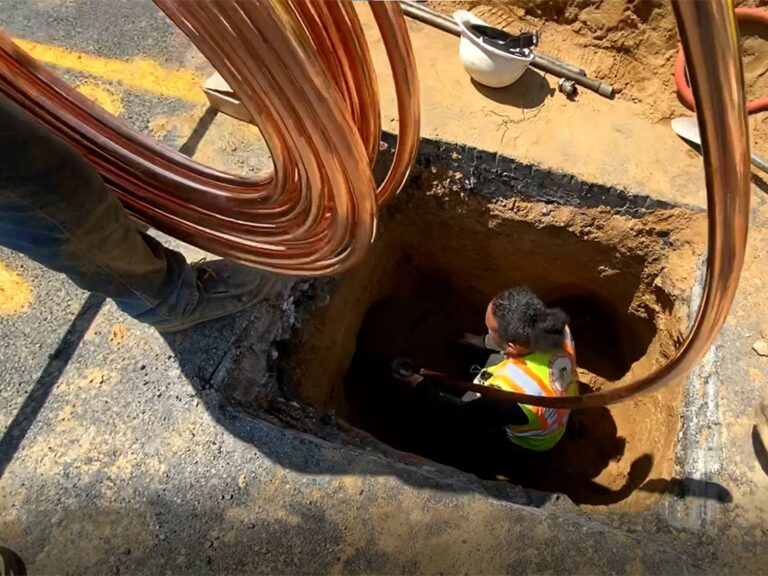Water damage and flooding in your basement can sometimes be easily addressed. There are also times when major work has to be done such as installing an underground French drain system, pumps, sewer check valves, or even fully waterproofing a basement. But frequently that scope of work is not required by simply performing some routine maintenance or simple repair.
Always remember that a large volume of water can seep in from a very small hole, crack, or other such defect. In some cases, a few minutes to a couple of hours of work can solve some simple water problems.
Sealing outside area drains prevents water damage
An area drain may be located outside the building for a landing, entrance-way, driveway, or backyard patio to gather rainwater. Many times the pit for the drainage system is constructed out of cinder blocks or bricks. It can settle or become dislodged over the years, allowing for water to enter the subsoil. There are various storm water drain maintenance tips you can take advantage of.
In addition, the mortar between the bricks or blocks can become porous or wear away. This can frequently be the cause of water seeping out during heavy rain and then running underground. This water can then enter your basement, creating basement water damage.
In some cases an existing pit for the drainage line can be made water-tight by grouting the bricks or blocks, or by using a waterproofing cement, to completely coat the inside of the pit. Because most area drains for a house are very small it is usually more sensible to just replace the drainage hardware. A new area drain can easily be built by making a small wood form and pouring concrete into the form.
Metal pit covers are readily available from a number of sources and in a variety of sizes. Another way to replace the drainage hardware is by using a fully assembled drain that is more professional-looking and foolproof. Installing a strainer to keep out leaves & debris is usually a good idea. Replacing an area drain does require that some plumbing be performed, so you may opt to call in a professional.
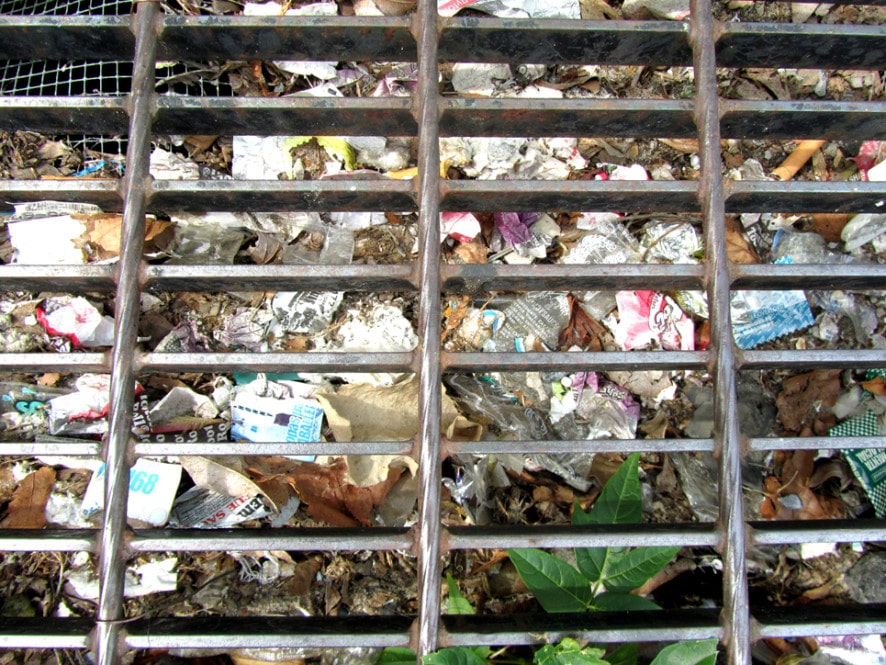
If an area drain is not open to vehicular traffic is it advised that a screen be placed over the grating the prevent it from getting clogged with leaves and assorted debris. This can also save you from getting flooded, particularly when the drainage pit is located under or near a tree.
A screen above an area drain, roof leader line outlet, or rain gutter, is a prime example of spending a couple of dollars to prevent extensive water damage or to prevent basement flooding. Cleaning the screen or the drain grate periodically can save a lot of aggravation when heavy rainfall occurs. This should usually be done once or twice a year, depending on the proximity to trees.
Sealing open spaces between adjoining concrete
Another source of water entering a basement and creating water damage is when there are open spaces between joints of outside concrete walkways and the outside of the foundation wall itself. When heavy rains occur water can seep through such open spaces and seep into your basement. If the spaces are small, outdoor caulking can be applied. Just carefully specify what you’re using the caulking for, so you receive the correct type of weather resistant caulking.
If the open spacing between the two concrete areas is larger, you may have to use a concrete mortar mix. Adding an anti-hydro mix to the mortar will help make it waterproof. Always follow directions carefully when using chemical additives to ensure they serve their proper purpose and to avoid the risk of injury.
Some words of wisdom about preventing water damage
If the cause of your water damage or basement flooding seems more complicated than the steps described in parts I and II of this post, it is better left to a professional. When a professional is needed it can be difficult to determine sometimes if the problem is plumbing related, structural, or requires a waterproofing company.
It is best to get two opinions, and not to rush into a hiring decision. In many cases, large sums of money are needlessly spent because the cause of the water problem was not properly diagnosed to begin with. Careful testing may be required, which in some cases may even involve a dye test.
The cure to preventing water damage may be less than to cost of water damage clean up
Many folks are reluctant to take appropriate action to prevent damage from water entering their home. However, proper water damage clean-up after a flooding event can frequently cost more than preventing the event in the first place. Once water enters your home there is always the threat of mold growth and mildew, in addition to the obvious damage to your property and loss of personal items.
Quick Relief in Case Of A Basement Flooding Emergency
In many cases locating and opening your sewer trap can save you from a flooded basement and property damage. Of course, before you open a drain trap you have to make sure that the sewer is not the actual cause of the flood or the backup.
There are various other permanent solutions available to prevent a flooded basement. They are as simple as a water sensor alarm, or as extensive as a sewer floodgate valve.
What is a French drain?
courtesy of Wikipedia
A French drain or weeping tile (also blind drain,rubble drain, rock drain, drain tile, perimeter drain, land drain or French ditch) is a trench covered with gravel or rock or containing a perforated pipe that redirects surface and groundwater away from an area. A French drain can have perforated hollow pipes along the bottom to quickly vent water that seeps down through the upper gravel or rock.
French drains are common drainage systems, primarily used to prevent ground and surface water from penetrating or damaging building foundations. Alternatively, the French drain technique may be used to distribute water, such as a septic drain field at the outlet of a typical septic tank sewage treatment system. French drains are also used behind retaining walls to relieve ground water pressure.
Perforated pipe
Many underground drain systems and French drains are based upon using perforated pipe as pictured above. When installed underground and surrounded by crushed stone, perforated pipe allows underground water to enter the pipe and be either disposed of or detoured to a location other than where the water damage or flooding is occurring.
It is important to use a filter fabric to prevent dirt or debris from entering the pipe and clogging the drain system. Frequently these systems work on gravity and require no mechanical devices to function properly.
